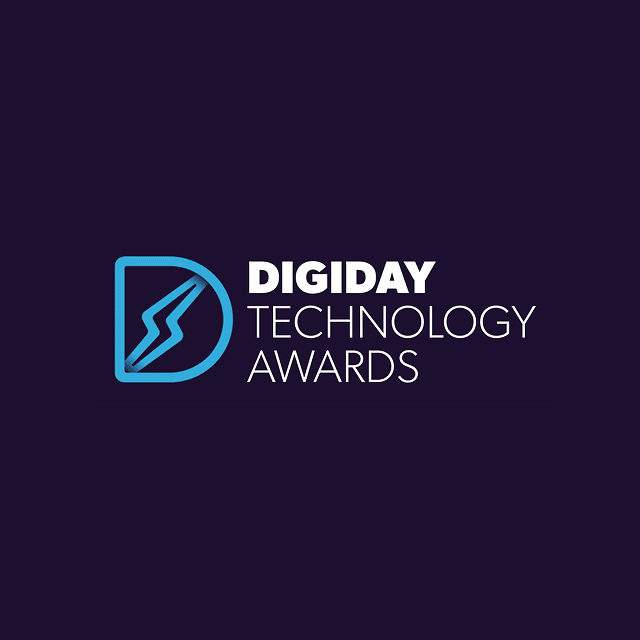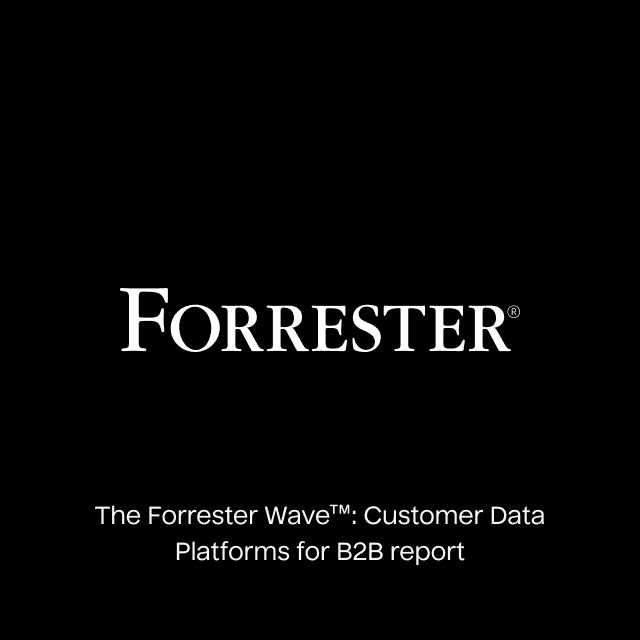Today's average enterprise company has hundreds if not thousands of data sources storing valuable data. Leveraging this data in any meaningful capacity means centralizing it into a data warehouse.
Unfortunately, moving data is quite challenging. In this article, you’ll learn what ETL pipelines are, how they work, and how to leverage them to automate your data flows to centralize your data for analytics and activation.
What is an ETL Pipeline?
An ETL pipeline is a specific form of a data pipeline that assists in moving data from point A to point B. It uses a set of processes (extract, transform, and load) to transfer data from a source, transform raw data and process it into an accessible format, and load it into a destination.
An ETL pipeline is part of the data integration process focusing on ingesting data into a data warehouse. The end goal of an ETL pipeline is to move data into a warehouse so it’s readily accessible and usable for specific use cases such as analytics, business intelligence, and Data Activation.
How Do ETL Pipelines Work?
ETL pipelines have three processes for moving data from one point to another. They are extract, transform, and load.
- Extract: This is the process of taking raw data from a source system such as a database, a SaaS tool, or social media platforms. Typically you would interact with the source via an API.
- Transform: When moving data from the source to the destination system, you'll unlikely want it in its raw format. When it reaches its end destination, you want to ensure that the data is in a format where it's readily available. It’s transformed by applying business logic and removing duplications or null values to create new tables.
- Load: For an ETL pipeline, the end destination is typically the data warehouse. The loading process takes the transformed data from the source and loads it into the target data warehouse, where it’s ready for use by the end user, who could be a data analyst or a data scientist.
What About ELT?
There is another type of data ingestion: ELT. It achieves the same goal, getting data into a data warehouse, but it loads the data before the transformation happens. ELT is more commonly used in the modern data stack because it's faster and cheaper than ETL. The cloud data warehouse made this possible by providing storage and processing power at a fraction of the cost.
ETL Pipeline Components
Three main components make up an ETL pipeline. You have the source, the processing steps, and the destination.
- Source: a source for an ETL pipeline is the location of the raw data you want to move. It could be a SQL or NoSQL database, a spreadsheet, or a SaaS tool like Salesforce or Iterable.
- Processing steps: are done to the raw data before it enters the end destination. Dumping raw data into an end destination like a data warehouse doesn't make it extremely useful. Some transformation is needed, such as joining tables or removing data.
- Destination: this is the end location for your transformed data. Typically in an ETL pipeline, the end destination is a data warehouse (but it could be a database or a SaaS tool.)
Types of ETL Pipelines
The two most common ingestion use cases for ETL include batch and streaming.
- Batch is where a large amount of data is moved at regular intervals. It could be scheduled daily, weekly, or even monthly. Batch processing is ideal if the data is not needed in real-time and is typically more cost-effective and efficient. Examples of batch processing are sending orders placed at the end of the day or sending data such as ad spend and clickthrough rates from an ad platform on a scheduled basis.
- Streaming is where data is moved as soon as it's generated within the source. Streaming data is used for essential decision-making, such as detecting fraudulent actions or monitoring user activity. Streaming processing is more expensive and more complex to maintain than batch.
ETL Pipeline Use Cases
In simple terms, ETL pipelines move data from one point to another, but this act can help you achieve a different range of use cases. Here are three of the most common use cases.
Migration
Migration is a one-time use case. It’s where you want to move your data from one business system to another. It could be that you are looking to change production databases. Or you might have a Postgres database for data analytics but want to upgrade to a cloud data warehouse.
You need a pipeline to take data from the source system and move it to an end destination to do either of these. It’s not often as straightforward as a copy and paste as there could be a difference in the structure of the data, which is where the transform process ensures all the raw data is in the correct format for the end destination.
Analytics
You want to consolidate your business data into a single location to get the most out of it. Most of your data is in data silos, sitting in the tools you use or the database that power your application. Getting that data into a warehouse provides great storage and computing power that won’t distress any production database. ETL pipelines help you get data from your disparate sources, transform it, so it’s in a readily usable format for deeper analytics, and load it into a data warehouse where it can be used.
Data Activation
Getting data from all your sources into a single location has another benefit besides analytics. It allows for data activation. Having all your customer data in a single location gives you a 360-degree view of your customers. This can help create personalized marketing campaigns by creating new segments based on all of your data. Or you could send customer history into the customer support system.
How to Build an ETL Pipeline
Here are brief high-level steps for building an ETL pipeline with batch processing:
- Step 1. Create reference data: Reference data refers to data that consists of static references or permissible values your data might include. You might need reference data when transforming data from a source to a destination. However, this is an optional step and may be omitted if deemed unnecessary.
- Step 2. Extract data from different sources: Establishing and extracting data from the source requires connectors or defined tools, such as marketing tools, to create the connection. The data can be API, RDBMS, XML, JSON, CSV, or other file formats. It is necessary to extract all of this data and convert it into a single format for standardized processing.
- Step 3. Validate data: Once the data is extracted, it’s crucial to verify if it is within the expected range and discard it if not. For example, if you need to extract data from the last 24 hours, data that contain records older than 24 hours need to be rejected.
- Step 4. Transform data: Once the data has been validated, it needs to be transformed, which includes de-duplication, standardization, and business logic application.
- Step 5. Stage data: The staging layer is where the transformed data is stored. It’s not recommended to load it directly into the end destination system. The staging layer can easily roll back the data if an error occurs. The staging layer generates audit reports for analysis, diagnosis, or regulatory compliance.
- Step 6. Load to end destination: Following the staging layer, the data is transferred to the end destination. You can overwrite or append the existing data whenever the ETL pipeline loads a new batch.
- Step 7. Scheduling: Once the above is complete, you need to decide on the schedule of the ETL pipeline. It could be daily, weekly, monthly, or a custom range. You can include timestamps when loading data so you can see when the load date was.
Data Pipelines vs. ETL Pipelines
A data pipeline is an overarching term for moving data from one point to another. A data pipeline may not even have a transformation process; it could be simply moving data from one company to another or, for example, moving data from a spreadsheet to a SaaS tool.
An ETL data pipeline is specifically related to the extract, transform, and load processes and is considered a type of data pipeline. An ETL pipeline takes data from a source and moves it to an end destination, commonly a data warehouse.
Benefits of an ETL Pipeline
ETL pipelines are a vital part of a business data strategy to help you consolidate data into one location or simply move data from one point to another with a form of processing in-between. Here are some of the benefits of having an ETL pipeline.
Automated Data Movement
An ETL pipeline, once set up, results in the automation of the movement of data. You can either create your own ETL pipeline or use a tool to help you. Once the source and destination are selected, the transformation needed is identified, and you can set a schedule based on your requirements. You may need to revisit it if new data needs to be transferred, new sources need setting up, or there was a failure you need to investigate.
Single Source of Truth
A common solution for consolidating customer data is by using a Customer Data Platform (CDP). However, they mainly focus on collecting streaming data, and data stored in SaaS tools, offline data, and internal databases aren't included. So CDPs don't actually offer a single source of truth.
Another approach that can truly achieve a single source of truth is the Composable CDP. A composable CDP leverages the existing data infrastructure that is already in place and helps transfer all business data into one place.
An ETL data pipeline is a vital part of the Composable CDP to assist in moving data into the warehouse to prevent any data silos.
Provides You With Transformed Data
Working on raw data can be hard work. It could contain columns and rows of data that aren’t needed. The data could be in a mess and have duplicates and null values. Cleaning up data every time you want to use it is time-consuming. The benefit of a simple ETL pipeline is you know the data in the end destination has been transformed, so you don’t need to worry about spending time cleaning it.
ETL Pipelining Tools
As mentioned above, you can build your own ETL data pipelines, but they can come loaded with burden. A business may have multiple data sources requiring a new ETL pipeline for each. Each data source however can have completely different data extraction processes, which means understanding how each one works. Each pipeline also needs maintenance in case of any changes in the data extraction process.
Thankfully, you can use an ETL tool rather than building your own ETL pipeline. Here are some of the best on the market at the moment.
- Fivetran is a tool to help automate data movement. They provide pre-built connectors and maintain these to prevent data downtime. They offer various features, including pre-built data models, log-based replication, and detailed sync management.
- Stitch is an open-source data integration service supporting over 130 connectors. It allows for customizable data scheduling, is HIPPA compliant, and provides detailed logs and loading reports.
- Airbyte is another open-source tool that allows you to create an ETL pipeline with minimal effort. It supports over 300 connectors, has a response time of under 10 minutes, and offers separate pricing between database and API sources.
The ETL process is especially used for ingesting data into the warehouse. But what if you wanted to get data out of the warehouse? This is where you can harness Reverse ETL technology. Reverse ETL allows you to send data from your warehouse into operational tools to help with Data Activation.
Data activation is where rather than having valuable data sitting in a data warehouse, where you have to request it from the data team or view it on a dashboard, you can receive the data you need in the tools you use for your role.
Conclusion
ETL pipelines are essential in the current digital era. Without ETL pipelines, your business data is siloed to the tool it originated in, and you have no ability to leverage it strategically. ETL pipelines are important because they help you centralize your data into a single source of truth so you can drive business outcomes and reveal valuable insights.
















